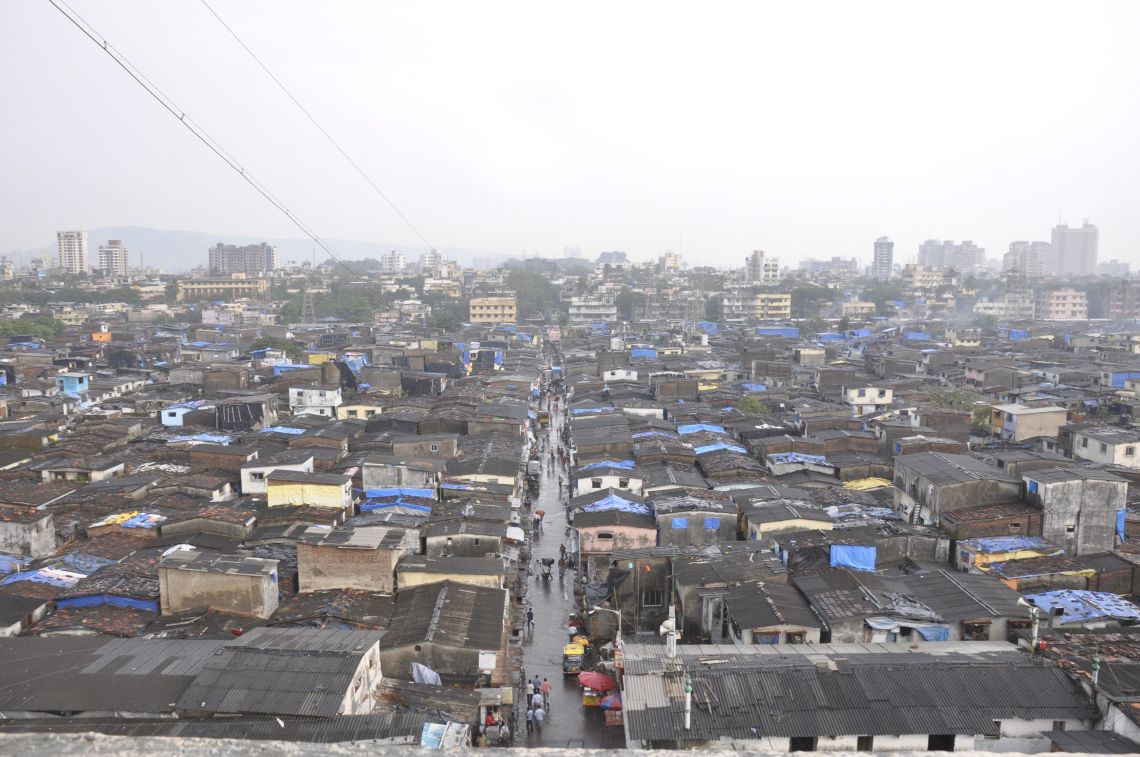A Roof In Dharavi: A Quest For Materials
A Roof In Dharavi: A Quest For Materials
We are three architecture students from Italy – Daniela, Serena and Valeria. We have been in Dharavi for about a week, and are just getting adjusted to this new but incredible place. We came here after having done a lot of research in school about informal cities. Being here however is a completely different thing: we have come to agree with URBZ’s idea that Dharavi cannot be labeled simply as an “informal city”, because the quantity and quality of activities that take place in it are actually perfectly organized and functional.
As architects, it is really difficult to accept this reality. We are usually taught to think in terms of minimal standards and measurements. From this point of view it’s not possible to define and think of a possible “solution” in Dharavi. The great thing is that people here are not looking for “solutions” either, as we might have thought before coming here. In fact, we got the impression that architects and planners are looked at with some reserve, as they propose solutions that are too large-scale and homogenizing. Often the inhabitants treat such proposals as threatening.
Having been here for such a short time, and wanting to avoid the clichè of architects who come and upset everything, we thought it would be better for us to begin with a small, practical task that could have immediate utility. That’s why we were happy to accept the proposal of URBZ: to try to find a solution for the office’s roof -which is in New Transit Camp in Dharavi. This can then be applied to other roofs in Dharavi by the inhabitants. The roofs here are largely covered in asbestos , which is both harmful for health and makes the rooms very hot. Plus, looking around us, we noticed how the roof is a very important part of life in Dharavi: we saw people up there playing, flying kites, speaking on their phones, having a rest or simply socializing, especially in the late hours of the afternoon. Asbestos is probably not the best surface on which to do these things.
Our intent is to find a solution which is very low-cost and uses materials and products that are available in Dharavi. In that view, we think we might leave the asbestos and simply cover it on both sides with other materials. In the past few days we went on two long walks with our friend-interpreter Venkatesh, looking for materials that we could use. As shown in the map, which will be followed by others since the research is still in progress, we walked along 90 feet road and 60 feet road all the way to 13 Compound and back. These walks were revealing: we really didn’t think -even though we had read about it – that Dharavi could be such a big production centre, not only for itself but for the whole city.
Our next steps will include going back to 13Compound and other places like Kurla market with Venkeatesh to look for other products (tetrapak, corrugated metal sheets and so on), ask for prices and availability. After that, we will begin doing some prototypes of the various solutions we came up with to see which one might be best and most economical. If these will produce valid results, we will try to produce simple instruction pamphlets which will help people in improving their roofs.



